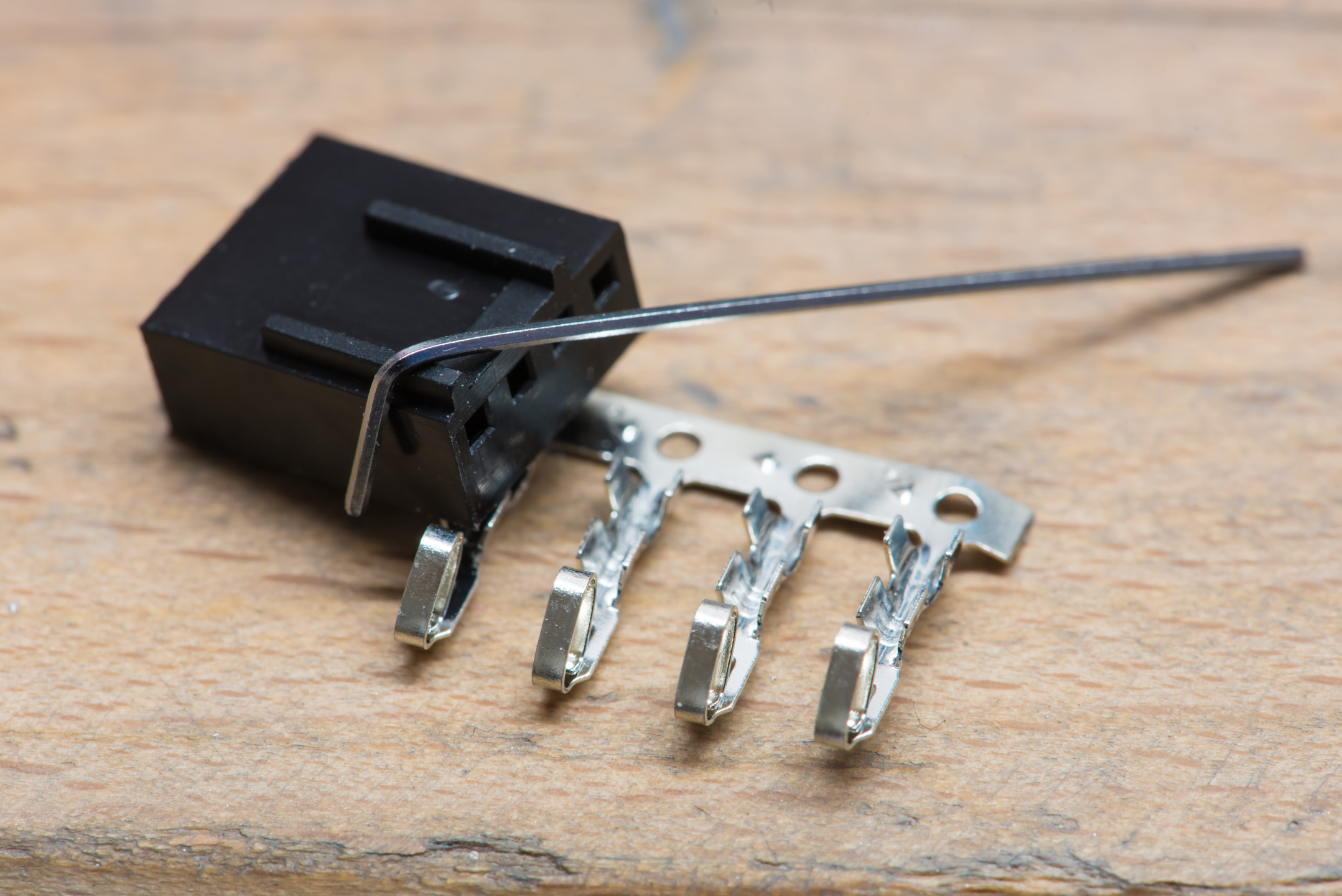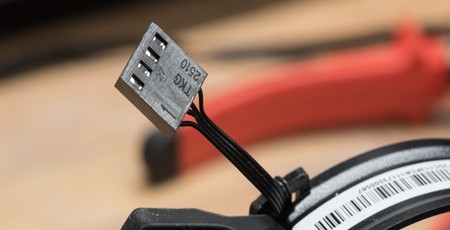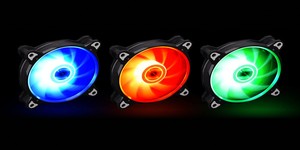I thought I'd share a handy little mod with you all that I really like using in my own builds. Simply put, it makes cable management just that little bit easier by shortening the default cable.
What's in It for Me?
Fans are becoming increasingly complicated now. We've got RGB up to our eyeballs, adding cables left, right, and centre, all while liquid-cooling is going through some sort of renaissance. As such, managing fan cables has become a bit of a pain, especially if you're rocking a system with a few radiators and tempered glass. My partial solution for this is to make your fans "modular" i.e. shorten the default wire right up to the fan and then make new cables to connect everything up.
At first this sounds like a bit of a faff, and, well, you'd be right! But it does have some advantages. A common way of managing three- and four-pin fans used to involve soldering the wires together and leaving one tacho wire untouched so the fans could all be controlled as one without interference. The advantage to this method over splitter cables and fan hubs was that it massively reduced clutter. You could easily run 3-4 fans from a single header that way and have no excess wires that got in the way. Of course, the obvious downside was that now your fans are stuck together: not so great if you decided to change your cooling configuration or case, for example. They were also a pain to sleeve, since once soldered together you lose the ability to slide sleeving over the wires.
The "modular" approach simplifies parts of this by not really modding the fans themselves, so in the long run you don't lose any flexibility. It's actually already a feature on some premium fans, such as certain Noctua models and also In Win's Auroras. It also serves as a safe introduction to the world of custom cables, requiring less kit and being simpler to follow than doing a whole power supply. My favourite technique is to shorten the cables, then make extensions that are the correct length to reach the area where I'll be plugging the fans in. For simpler fans that plug into the motherboard, you can use a shop-bought splitter or make your own for this part; it will still reduce clutter and make it simple to work with the fans.
Equipment

This is a simple one for the most part, but it does use specific bits of kit. You'll need a wire stripper, some snips, and a Molex crimping tool. For the strippers, I'm using a manual one since my automatic one struggles on the tiny fan wires. A crimper is a very handy tool to have around really, since even if you use pre-made cables it can be convenient for repairs or making small cables or extensions.

You'll also be needing some fan connector pins (I'm using some female ones here, but you would need male and female if making extensions), fan connector housings, and something with which to remove the pins from a connector. Fan connector pins and housings can be found readily and cheaply online; check your favourite online auction site or online electrical supplies stores. For removing the pins from a housing, any small object will work, such as a needle, tiny screw driver, or this particularly adorable Allen key I'm using.
It's worth noting that nowadays not all fans use the same connectors thanks to RGB. This isn't really an issue for this mod, as since it's just for making extensions, you can use anything. For Thermaltake's Riing Plus fans I would look for internal USB housings and pins (popular for Arduino and breadboard systems), as that's the connector type they use. RGB headers are a bit trickier, since the format is a bit open and some use moulded headers, others custom connectors - you name it. Basically have a look at the fan you intend to use and work out a route before you go chopping the cables up. One method I've used for moulded headers is to make a normal four-pin extension between the different connectors, as this avoids the problem of trying to match the original header used.

MSI MPG Velox 100R Chassis Review
October 14 2021 | 15:04









Want to comment? Please log in.